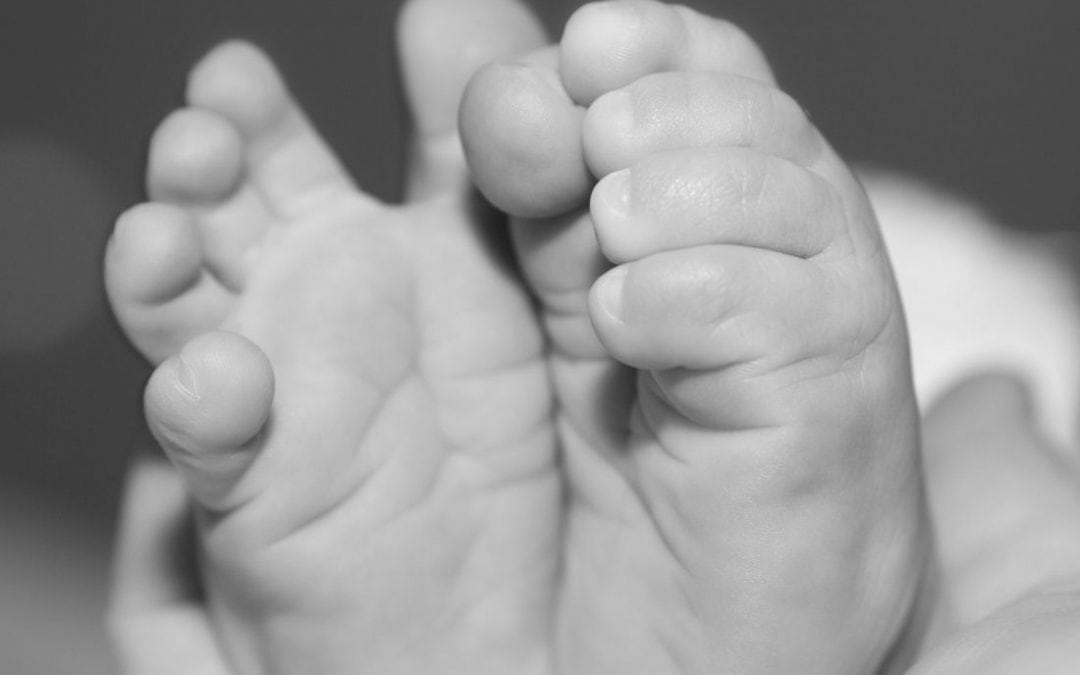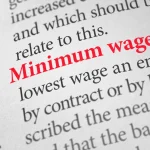An Interesting Twist on Maternity Pay
Whilst working with clients, I see lots of variety in what can be encountered as an employer. Odd things with sickness, absence, timekeeping, pay and pension, and pretty much anything else you can think of comes up. I’ve encountered some interesting topics lately that I want to share.
Maternity Leave and Pay are linked subject that can cause a real headache for employers, and there are complexities that can change things, even when you think you’ve sorted it out. So I’ll run through the basics of Maternity Pay and Leave first.
Statutory Maternity Leave is up to 52 weeks before and after the birth of a baby. The first 26 weeks being called ‘Ordinary Maternity Leave’ and the last 26 being ‘Additional Maternity Leave’. Maternity Leave can start at any time in the 11 weeks prior to the expected week of childbirth, and may start earlier if the baby is born prematurely. An employee must take a minimum of two weeks after the birth of the baby, or 4 weeks if they are a factory worker.
To be entitled to Statutory Maternity Leave, there is criteria that the employee has to meet. The employee must have an employment contract, either written or implied, and must give the employer the correct notice of the pregnancy, being 15 weeks prior to the baby being due.
So, that’s an idea on the Leave side of things, let’s move on to Statutory Maternity Pay. Bear in mind that an employee may be entitled to Maternity Leave, but not Maternity Pay.
Statutory Maternity Pay also has eligibility criteria that an employee must meet. Buckle up here, as this is where is gets a little bumpy!
Firstly, they must have been continually employed by you for 26 weeks up to the qualifying week. Easy peazey you think.
Let talk about that qualifying week, and work out when it is! The qualifying week is the 15th week (running from Sunday to Saturday) before the expected week of childbirth, as stated on the MatB1. A MatB1 is a document that your employee will have received from their GP or Midwife confirming their pregnancy, the estimated date of birth of the baby, and the date the visit to the healthcare professional took place. From the date on this document, you can work back 15 weeks, and find the qualifying week. The employee must then have been employed by you for 26 weeks prior to that week to be entitled to SMP.
It all sounds very complicated, but bear with me, as once you’ve got the qualifying week worked out, I promise it all gets much simpler.
However, at this point you have to work out the employees average weekly earnings over the ‘8 week relevant period’ which is the 8 weeks before the qualifying week. The employee has to earn £116.00 per week (before tax) to qualify for SMP.
Now it’s all explained, lets take the sting out of it. The Gov.UK website has a SMP calculator online which does all of the above for you. You can find it here:
https://www.gov.uk/maternity-paternity-calculator
This will also calculate the leave and pay for adoption, and paternity.
In order to use the calculator, you’ll need the employee’s MatB1, and pay dates and pay amounts during the relevant period. You’ll also need to know when the employee wants to start their Maternity Leave.
And you’ll need to give your employee a letter confirming their eligibility to both leave and pay, and laying out the dates and monetary values.
SMP is paid at a rate of 90% of the employees average weekly earnings for the first 6 weeks, and either £145.18 or 90% of their AWE (whichever is the lower) for up to a further 33 weeks.
And don’t forget, as an employer you can reclaim a minimum of 92% of the SMP paid, up to 103% as a small employer.
So there it is, a simple overview of maternity leave and pay.
However there’s always something that can throw you a curveball. Premature birth, ongoing sickness absence due to pregnancy, or the one I’m going to focus on, your employee leaving your employment during the Statutory Maternity Leave.
Whether your employee returns to work for you not after their leave, they are entitled to SMP in full. The can accrue holiday pay and annual leave during their maternity leave, and there are rules around the nature of the job they return to after their leave has ended.
However, there is one exception to this. What happens if your employee leaves their employment with you during their period of Statutory Maternity Leave, whilst they are still in receipt of their Statutory Maternity Pay, and goes to work for someone else? Interesting thought, eh?
I’ve encountered this, and a loud and long debate developed in a payroll office. But the facts are that you cannot be both employed, and on maternity leave. An employee can choose to end their Statutory Maternity Leave early, and return to work early for you. If they do this, and they are still in receipt of SMP, the payments will stop from the day they return, and there is no difference for an employee that leaves your employment and returns to work early for another employer.
Many employees are honest, and if this unusual circumstance occurs, you will end their employment, and their SMP early, and send them on their way with a P45, and best wishes. There are questions around what happens if an employee is dishonest, and continues to receive SMP payments from their employer, whilst working for another employers, but these questions will have to wait for another day (or blog).
As you can see, maternity is a complex subject, but one we have lots of experience in here at PayrollAbility. We’re happy to help you pick your way through the minefield of maternity or any other payroll related subject. Call us in the office today on 01273 56 92 27, and let us make your life easier.





